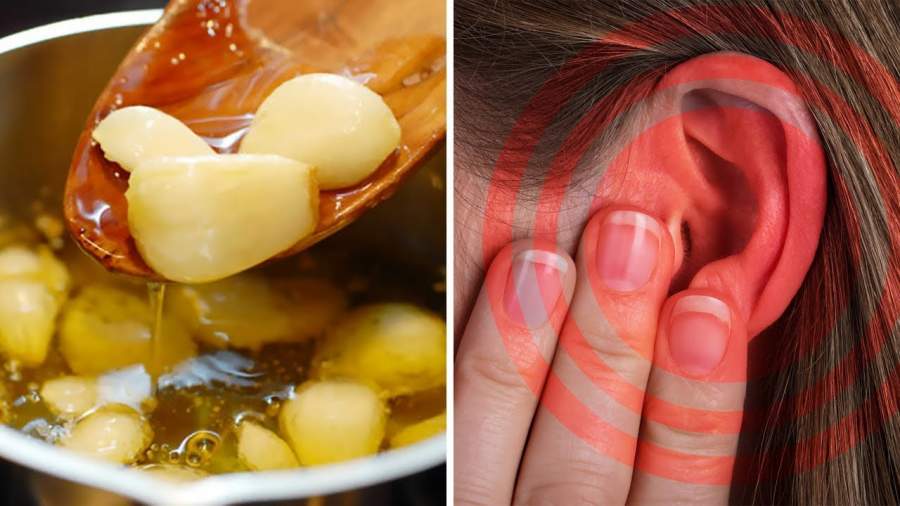Table of Content
Some of the participants received a few drops of water 15 minutes ahead of ear irrigation at the doctor’s office, while others used earwax softening oil at home before going to bed. They did this for 3 days in a row before coming back for irrigation with water. If you feel like someone has stuffed so many cotton pads in your ears, then you have clogged ears. About the only thing doctors do agree on putting anything inside your ear is a bad idea.

Mix an equal amount of hydrogen peroxide in this solution. Take a few drops of glycerine and baby oil and mix them in hot water. Squeeze the excess water and keep the cloth on the affected ear for 5 minutes.
Boiled Warm Water
To lower the potential for these adverse outcomes, nurses should receive the appropriate education and adequate training required to properly perform an ear irrigation. Some organizations have created educational modules for ear irrigation that nurses and Medical Assistants complete in addition to their required training. Earwax is a yellowish waxy material produced by the sebaceous gland in the ear canal. If too much collects and hardens, it can pose a problem. Medical News Today has strict sourcing guidelines and draws only from peer-reviewed studies, academic research institutions, and medical journals and associations. We link primary sources — including studies, scientific references, and statistics — within each article and also list them in the resources section at the bottom of our articles.

Dry the ear using a towel or by inserting a few drops of rubbing alcohol into the ear. A person can perform an ear irrigation at home using a 20- to 30-milliliter syringe. There are so many homeopathic remedies available for plugged ears that we can’t omit them from our list. These remedies can also be taken if the ear is infected or causing severe pain. Lie down and pour a very little amount of wax-softening solution into the affected ear.
Tips For Cleaning Your Ears
In some circumstances, especially with a sinus infection that you’re having a hard time shaking, it can take longer than a week. Getting effective treatment will help speed up your recovery time. If there is drainage from your ears, see your doctor as soon as possible.

Ear irrigation is a routine procedure used to remove excess earwax, called cerumen, or foreign materials from the ear. Dry out your ears after swimming to prevent swimmer’s ear. Use a cloth to wipe the outside of the ear, and tilt your head to help remove any additional water. You shouldn’t put anything smaller than your elbow inside of your ear canal because it can cause injury to your eardrum or wax impaction. If you experience earwax impaction more than once per year or have certain risk factors, tell the doctor.
Various Ways To Flush Or Clean Your Ears
It could be a middle ear infection with fluid filling up the spacebehind the eardrum, Dr. Nguyen-Huynh cautions. Or you could have a viralinfection that affects the inner ear. In those cases, a doctor can diagnose andtreat you to prevent permanent hearing loss. The ear, especially the canal and eardrum, is very sensitive. Earwax buildup can cause damage to these structures over time. Removing excess earwax with ear irrigation is a safe way to minimize the risk of damage to the ear.
Earwax blockages normally happen when individuals endeavor to clean their ears all alone by setting cotton swabs or different things in their ears. This regularly just pushes wax further into the ear, which can make genuine harm the coating of your ear channel or eardrum. Home bulb-syringe kits are widely available in the U.S. and many other countries. But there has been little research into whether they actually work — and no studies on whether they allow people to avoid visits to the doctor for ear wax removal.
What Happens When You Syringe Your Ears?
Olive oil is a traditional remedy for both removing earwax and treating ear infections, and while it doesn’t dissolve earwax, it can be used to break it up. However, it’s important to make sure you’re not putting anything in your ear if your eardrum is already damaged, or if you are prone to infections. However, there are a few things you can do to soften the wax within your ears if you are experiencing a buildup, which can help to alleviate any pain or muffled hearing. Have otherwise healthy ears and want to try this hack? Then, just use a dropper or gently pour a little in there. Dr. Shapiro suggests letting it sit for about 10 seconds, and then flopping your head over to let it drain.

This material is soft and pliable, making it ideal for suctioning and irrigation. By rotating the tip, fluid administration and retention are easier, and the ear is less likely to be damaged. Because this ear wax remover is free of latex, it is suitable for latex allergy sufferers. If the ear syringe exhibits signs of wear, it should be inspected before use and replaced. Discontinue use if you are experiencing pain or dizziness in the course of your use.
If necessary, a doctor can remove excess earwax from your child's ear during an office visit. Having signs and symptoms, such as earache or decreased hearing, doesn't necessarily mean you have wax buildup. It's possible you have another medical condition involving your ears that may need attention. Another effective method to clean wax out of your ears is using a mixture of white vinegar and rubbing alcohol.
Coconut oil is also a natural antimicrobial agent and reduces the risk of your ears getting infected. It may actually kill a wide variety of harmful microorganisms that may be present due to the buildup of earwax. Using olive oil means you do not have to worry about dryness or irritation, as the oil will coat the sensitive skin in your ear and protect it. Using another cotton ball, remove any residual gunk from the outer ear. Here are the top 10 ways to clean your ears safely at home.
Warm chicken soup or bone broth not only helps clear congestion, but can also reduce inflammation and soothe irritation in your nasal passages. Try a little soothing chicken soup, chicken broth, or bone broth to reduce your congestion. Avoid cold-weather activities, which can harden any fluids in your sinuses and ears. Use 1-2 drops of saline nasal spray in each nostril every 2 hours.

Place a warm, moist washcloth over the affected ear to lessen the pain and throbbing ache. You can use any warm compress, such as a hot towel wrung out in warm-to-hot water, against the ear for immediate relief. Yawn, chew, or swallow repeatedly to pop your ears. Simple mouth movements like these can help pop your ears, which allows the blocked fluid to drain freely and normally. Give these movements a try to see if you get any relief.Drinking water can help with the swallowing movements. Pinching your nose as you swallow may also help things along.
Whenever you have any concerns about your child’s ears or hearing, call your doctor. If you’ve followed the steps above safely but are still experiencing a blockage,book an appointment with our hearing specialists today for more information and advice. Mouth ulcers commonly develop as a side effect of meth use. Here's why they happen, plus tips on treatment and support for stopping meth use.


No comments:
Post a Comment